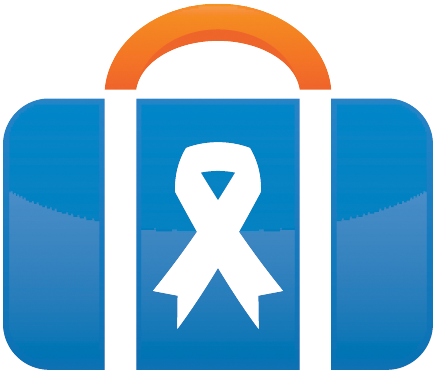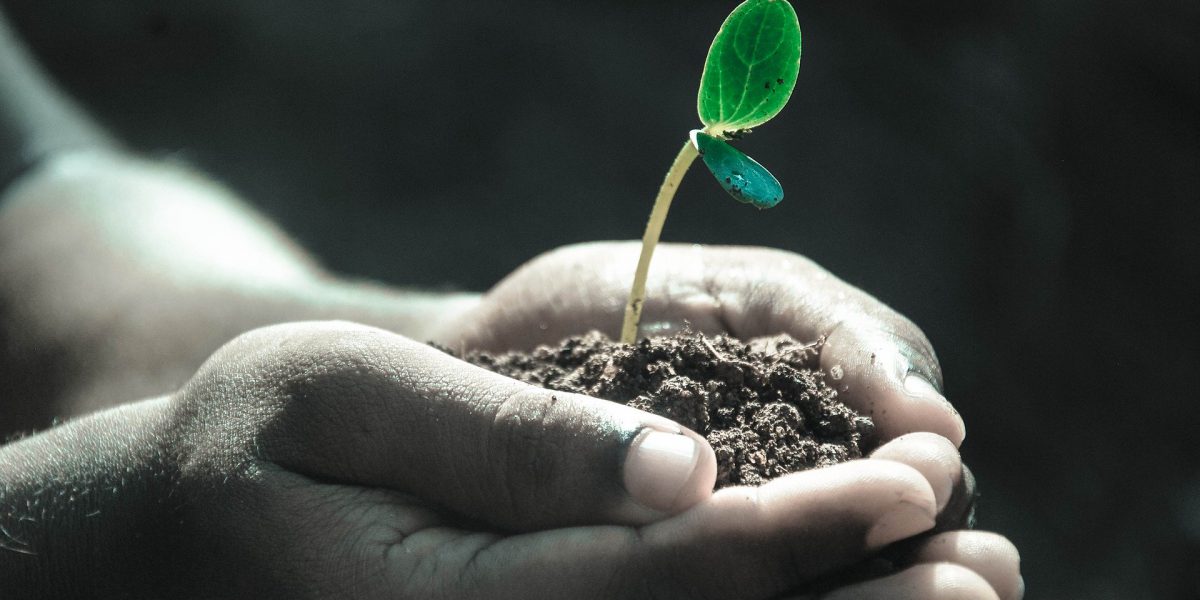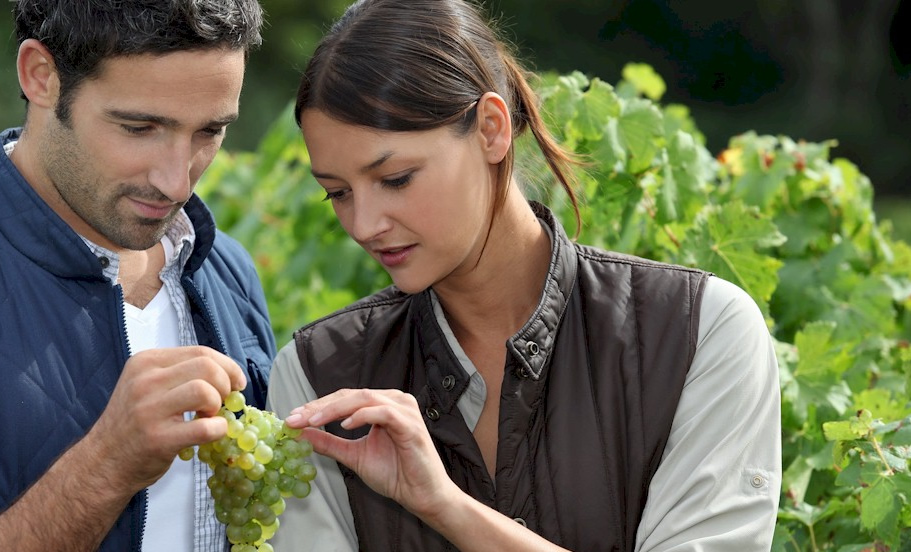
I’ve got a secret: I detest events.
Who wants to dress in uncomfortable clothes, schmooze with donors, and swallow another rubber chicken? Definitely not me.
HOWEVER, all Not-For-Profits (NFPs) need to host one annual branding event. A branding event connects your mission to those aligned with it on a large scale.
Here comes another secret: most of your event attendees aren’t philanthropic donors.
Instead, they are transactional donors. They gave money in exchange for the pleasure of attending your event.
If you are committed to turning attendees into “philanthropic donors” (donors who make purely philanthropic gifts), you need a cultivation plan.
The 12-Month Cultivation Plan
A common mistake I see with my clients is that they treat their big gala as an isolated event.
Their gala committee throws a fun party that raises some money, but with little thought to how the gala will affect fundraising for the rest of the year.
I advise them that their gala is the perfect opportunity to transition event attendees to sustaining members. However…
The event and follow-up must work together to convince donors you’re worth continued support.
Organizers should design the event with the follow-up in mind. The event plants the seed to grow first-time attendees into passionate supporters. It also provides rich data for you to customize subsequent appeals and find new people to reach.
STEP 1: Look at the Big Picture
When: Before planning your event
Lewis Carroll famously wrote, “If you don’t know where you are going, any road will get you there.” Wise words for a fundraiser.
Take a step back before getting into the nitty gritty of finding an event venue or procuring auction items. Rather, consider how your branding event can best achieve your overall fundraising objectives.
Questions to Ask Your Committee
- What is the primary goal of the event?
- What is the secondary goal?
- What are the ideal donor personas to attend your event?
- What is their motivation for attending?
- What would inspire this attendee to support your organization?
- What type of event would help you achieve your goals?
- What is the ideal attendance and atmosphere?
- How can you highlight your inspirational points?
- What will be your call to action to convert attendees into philanthropic donors?
Once you have answered these questions, you can truly dive into planning the event. Reference your answers as you encounter any key decisions.
An Example
An NFP I coached identified their event’s primary goal was to engage a new generation of donors. Secondarily, they sought to raise funds for the coming year through ticket sales and auction revenue.
Hence, their ideal audience consisted of local young professionals as well as their typical (and generally older) heavy hitters.
When sending invitations to repeat attendees, they stayed on their mission-focused messaging in emails, postcards, and calls. They promoted premium-level tickets and sponsorships.
When marketing the event to recruit new attendees via social media and community calendars, the NFP focused on transactional messaging (i.e., “This event will be a fun date night!”) and promoted an introductory-level ticket.
Their goal was to get the young professionals “in the door” and then sell them on their cause.
At the event, first time attendees had subtle stickers on their name tags. A team of volunteers, who were also young professionals, mingled with the newcomers to discuss the organization’s mission and ways to get involved.
These interactions built a stronger connection between the new attendees and the organization in order to set the stage for what came next…
STEP 2: Turn Transactions Into Philanthropy
When: Immediately after your event
By showing up to your event, an attendee has made a transactional contribution to your organization. They’ve paid their time and attention (and hopefully a few dollars as well).
In return, you’ve used their time and attention lay the groundwork to turn the attendee into a philanthropic donor.
The Event Follow-up: Make Donors Feel Needed
You don’t need to have a large budget to convert event attendees into donors, but you do need to carve out the time to make your donors feel needed.
The most common way is through email, since it’s relatively easy to do for large volumes of people. Where many email campaigns fail, however, is by sending the same message to everyone.
Your event built a personal connection with supporters and failing to acknowledge the connection is a missed opportunity.
Personalization, makes your email stand out, retains the reader’s attention, and compels them to act.
Personalized Emails to Send Attendees
| Email topic | How to personalize |
|---|---|
| Thank you note for making the event a success | -Add a photo (or link) of the recipient, or tag photos in a photo directory so they can easily find themselves. -Have the "sender" be a volunteer or beneficiary who spoke to the donor at the event. Hand-write the note for bonus points. -Acknowledge specifically what they contributed (ticket purchase vs. winning bid vs. table sponsorship, etc...). |
| Sharing a story that illustrates your mission | -Send first-time attendees a story focused on why your cause is worth supporting, but send "heavy hitters" a story that shows their continued support has made a difference. Hint: It can be the same story told in different ways. |
| Invitation to another event that showcases your mission in action | -Segment your programming by target age and commitment level. Send the right invitations to the right people. |
| Appeal for donation or other contribution | -Ask repeat donors to renew their membership, but think creatively about how to engage people who may not have discretionary money. Remember, your goal is lifetime donations! -Some alternative appeals: volunteer, tell friends & family about us, sign a petition, subscribe to our blog, follow on social media. |
Some additional emailing tips:
- Use multimedia in your messages since people consume information differently (words, photo, and video).
- Invest in a proper system for email campaigns, like ActiveCampaign. Advanced tools even let you record custom videos. Imagine sending a thank you video where you address the donor by name!
- Test subject lines and content on smaller samples and employ the best results with the rest of the group. Examine email open rates, click through rates, and ultimate conversions.
STEP 3: Use What You Learned
When: Before next year’s event
Find More People Likely to Support Your Cause
Review your donor list for growing categories by demographics or other observable characteristics. Plan to find more people like them.
One tactic would be using Facebook’s lookalike audiences. Upload a list of prior event registrants and donors, and Facebook will promote your event to people similar to them.
Increase Your Conversion Rate
Analyze last year’s data: Which subject lines got the most opens? What email content (text vs. images vs. video) drove the most clicks? What landing page message got the most signups?
Double-down on what works and never stop testing. This goes for both event invitations and follow-ups.
Expand Your Average Engagement Level
Map the donor journey for first time attendees to full-fledged supporting members. Identify the most common intermediate steps.
For example, you may find that a block of donors follow the same journey, such as:
- Attend the big gala
- Attend a smaller event targeted to their demographic
- Make a one-time donation
- Volunteer
- Become a monthly donor
Once you map out the journey, customize the calls the action to this coming year’s gala attendees to graduate donors to the next level.
Like farming, cultivating attendees into donors is hard work. But it’s worth it.
From the moment you begin the planning process, think strategically about how you will educate attendees on your mission and convince them to take action after the event.




